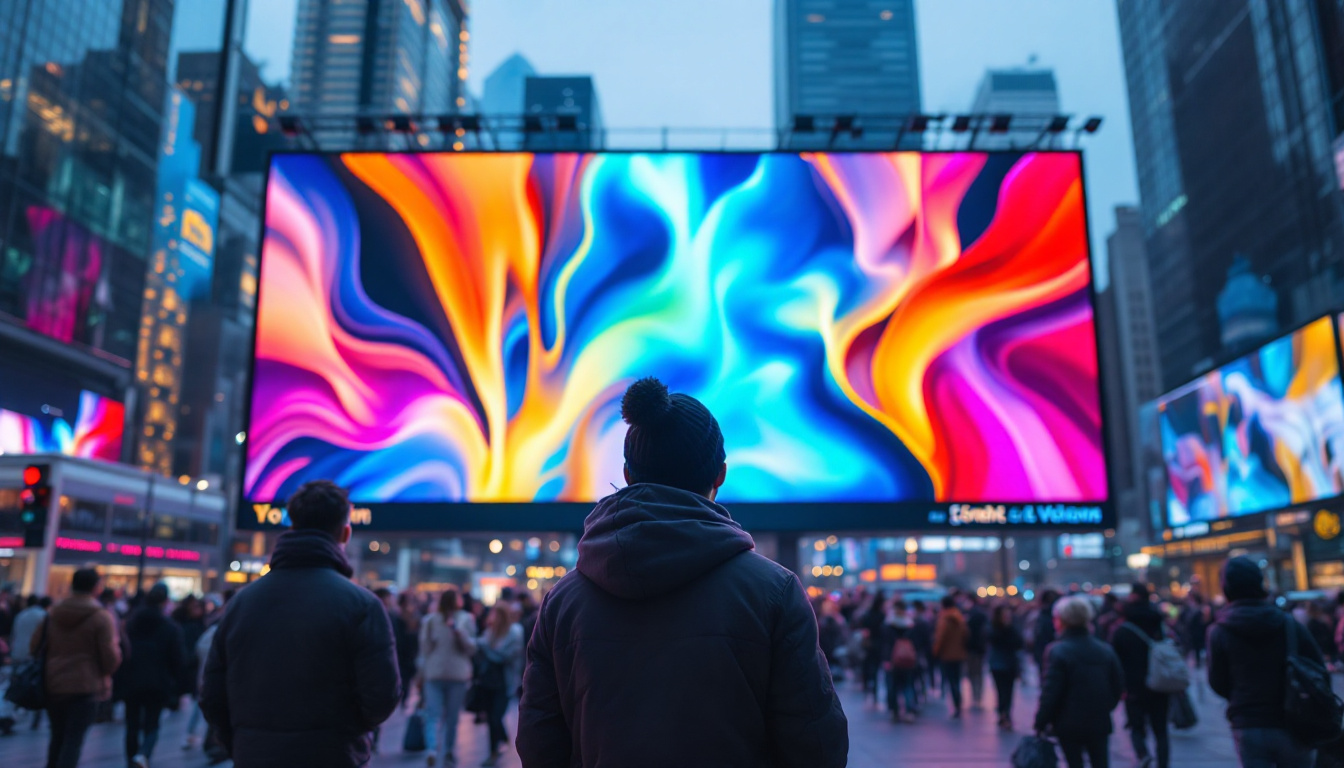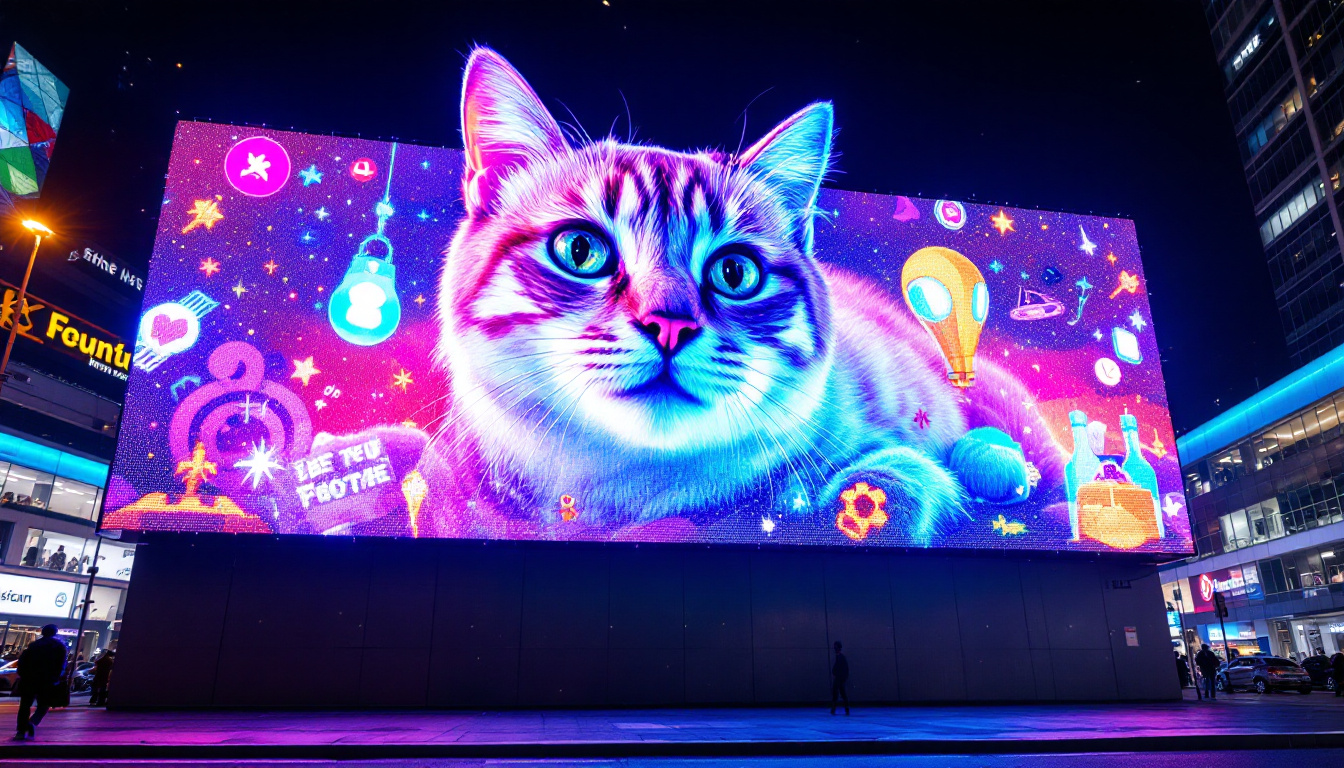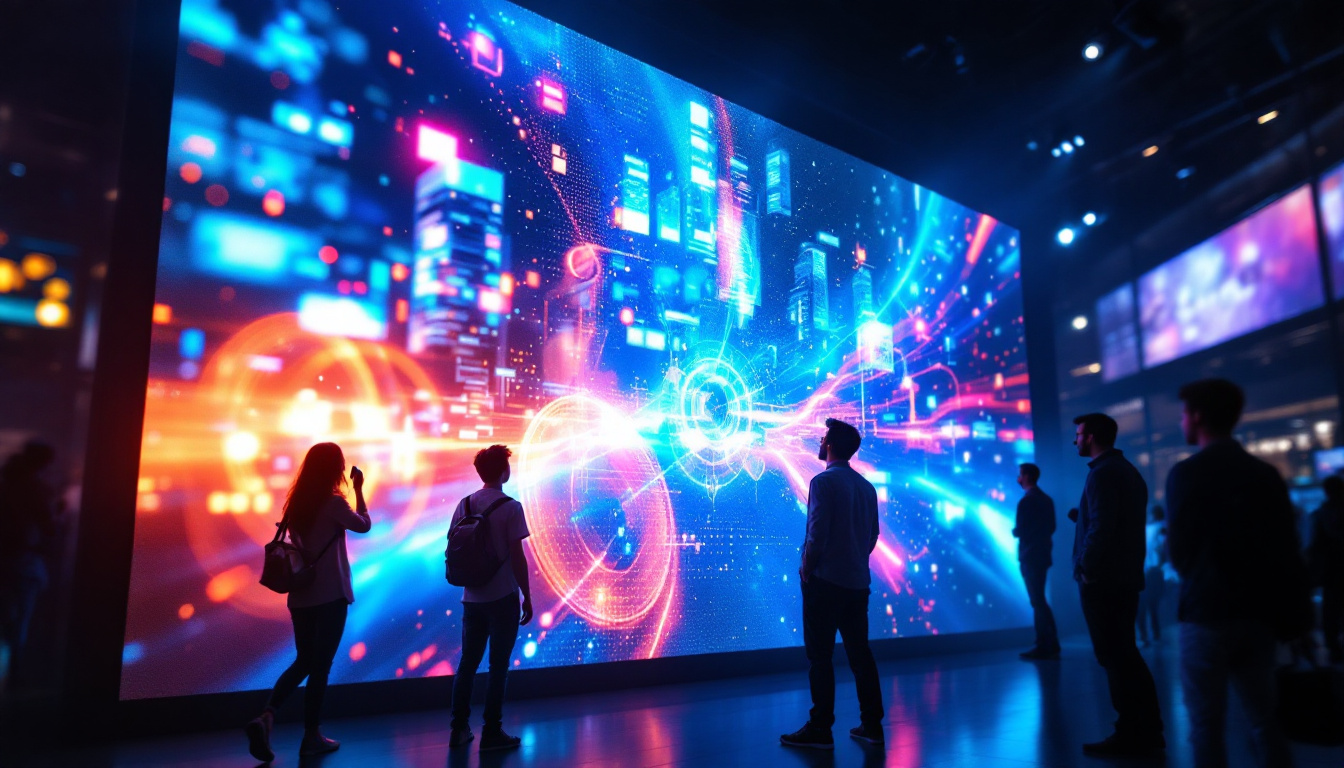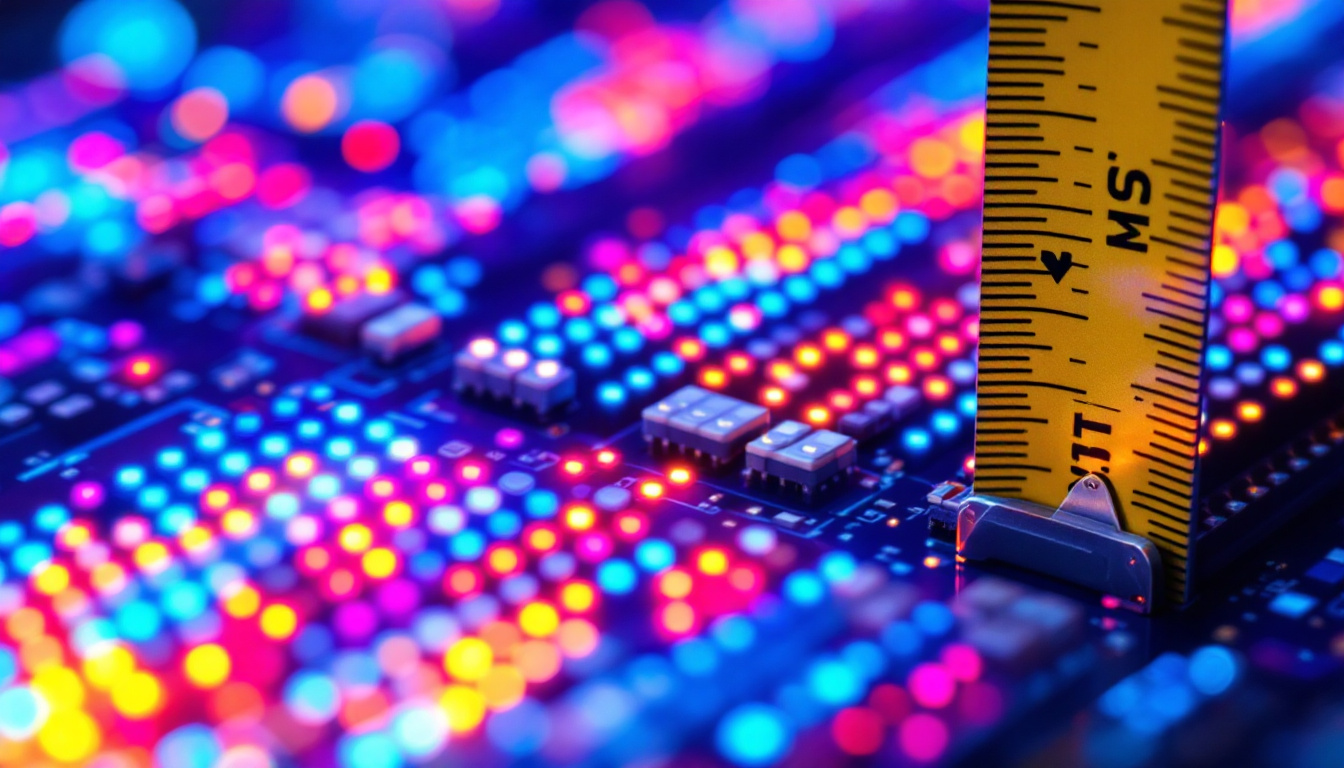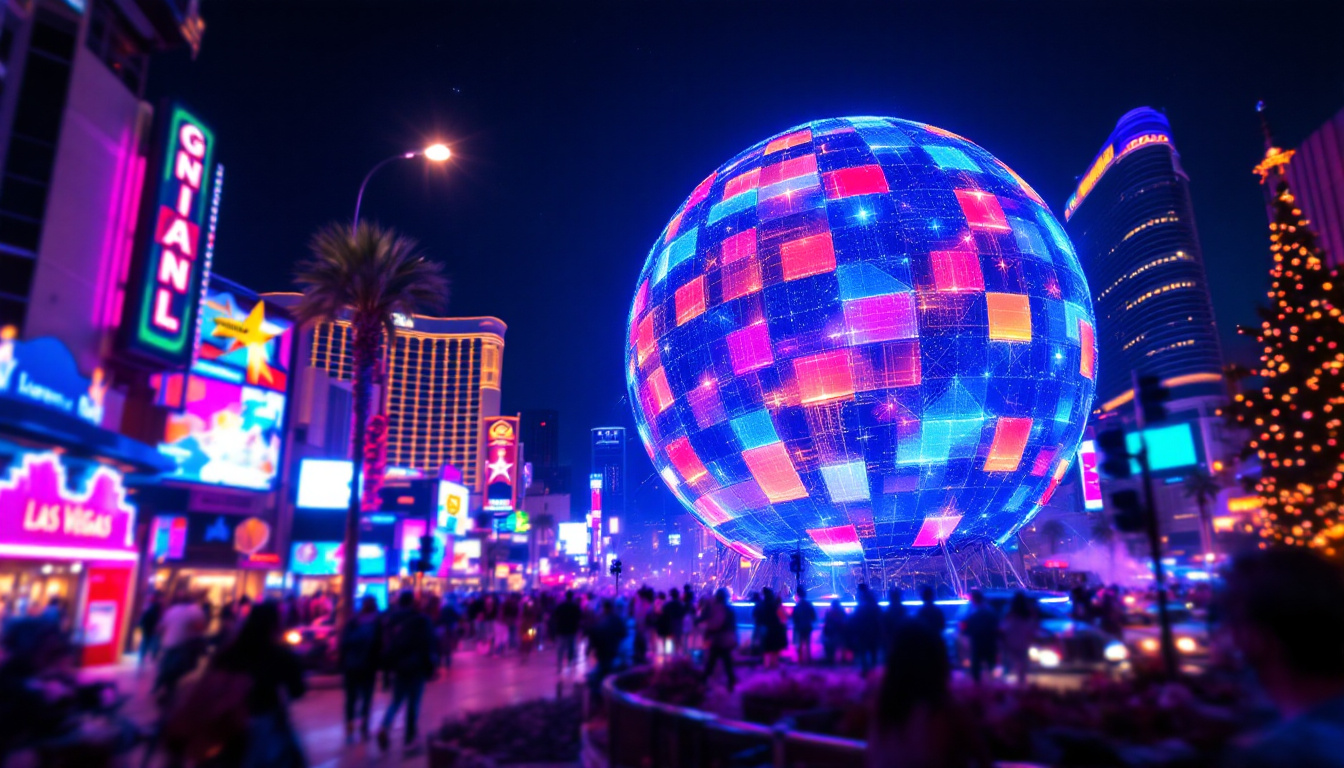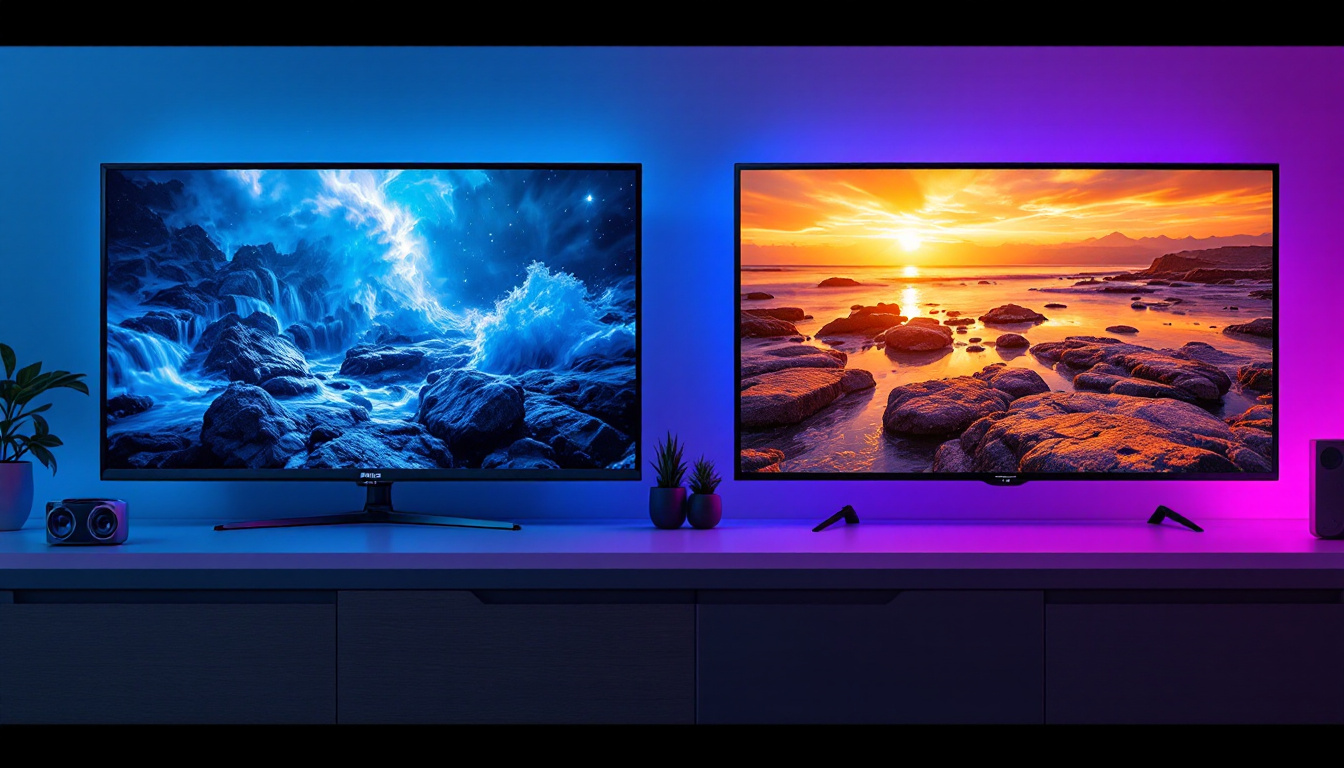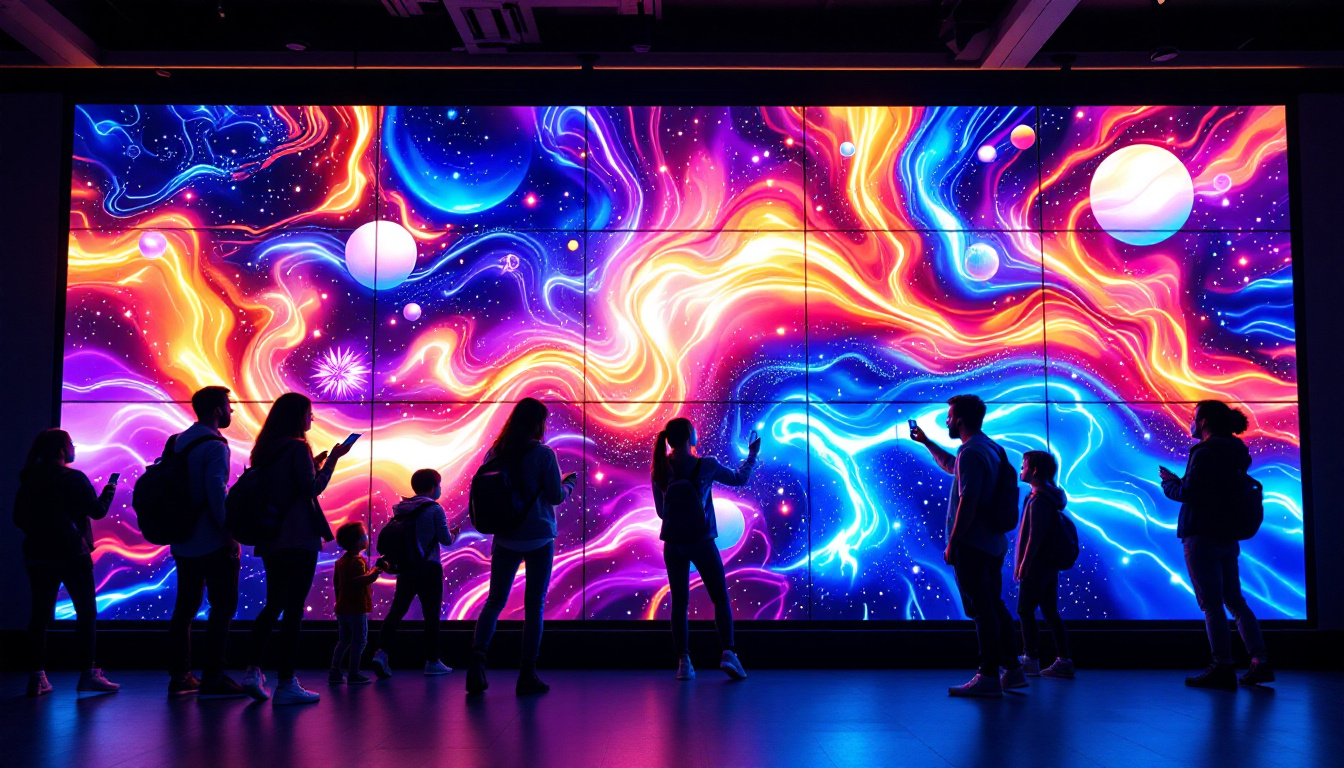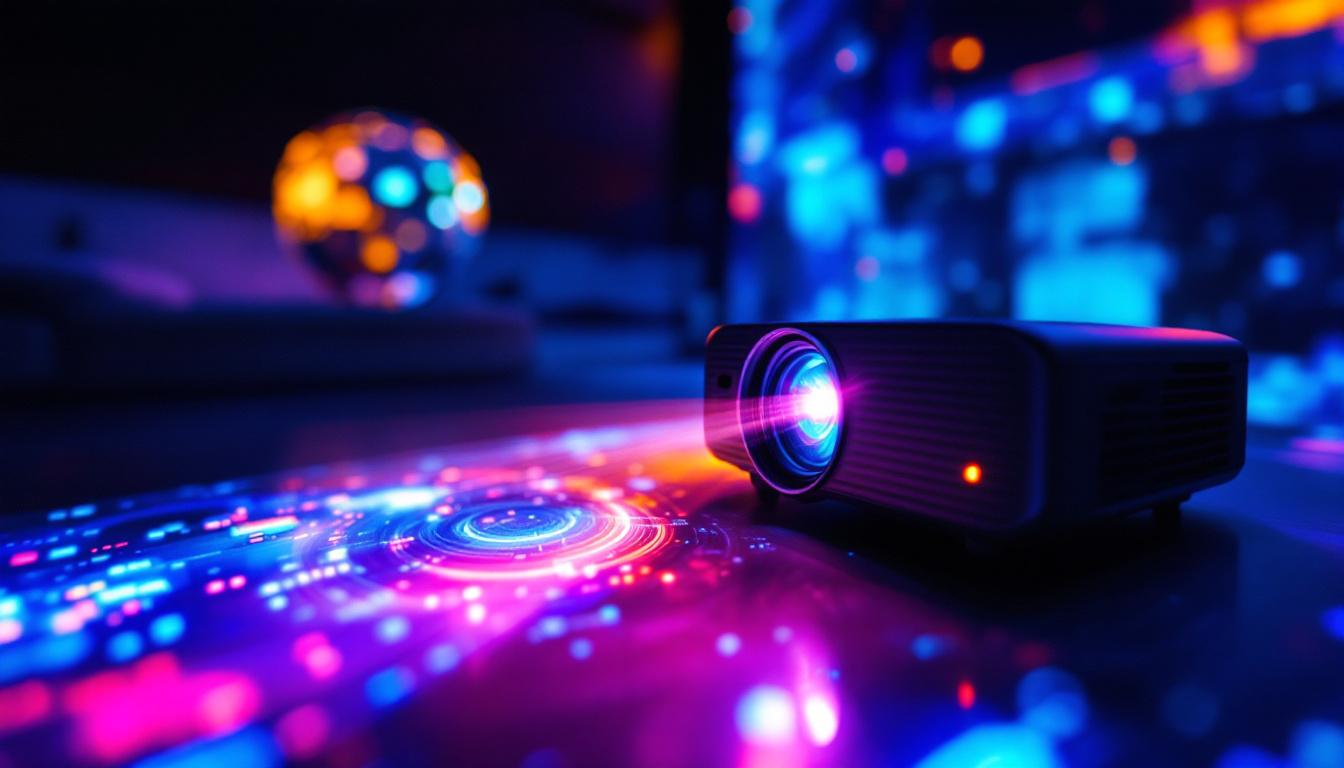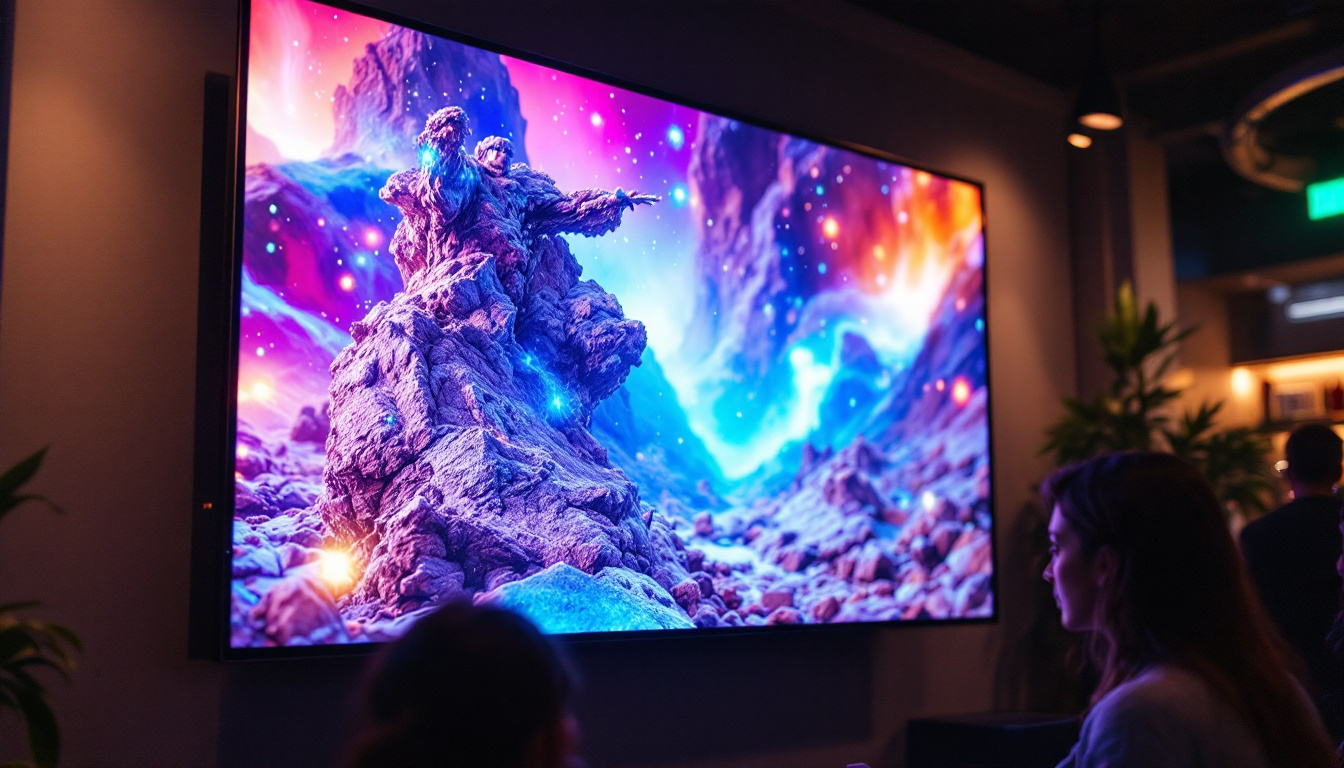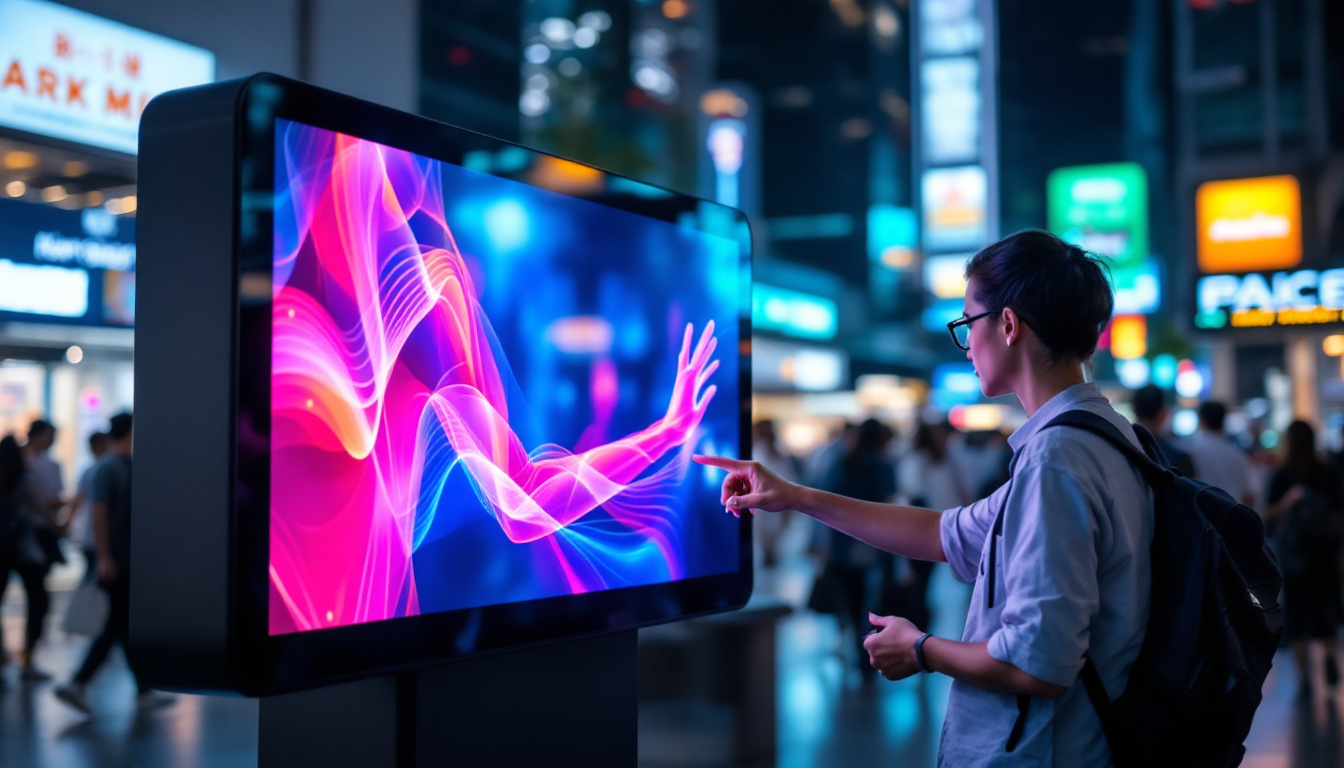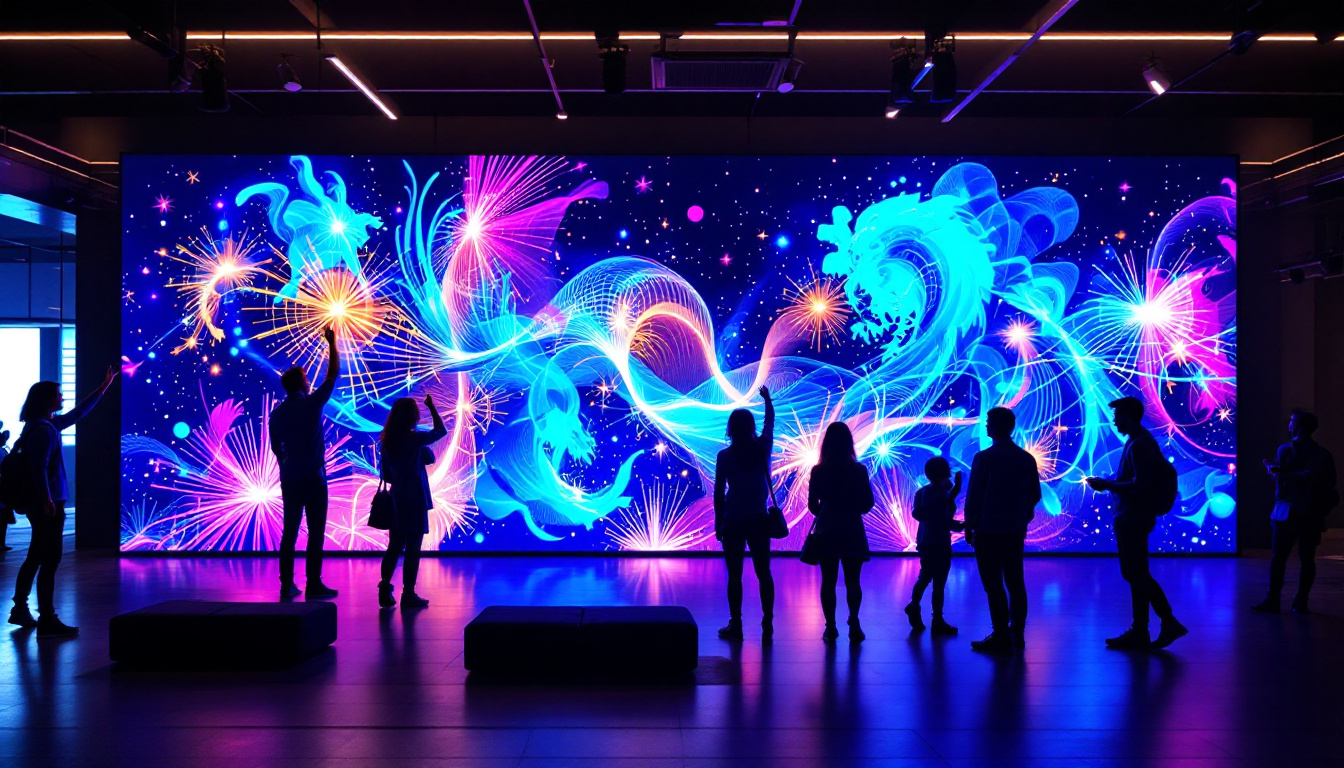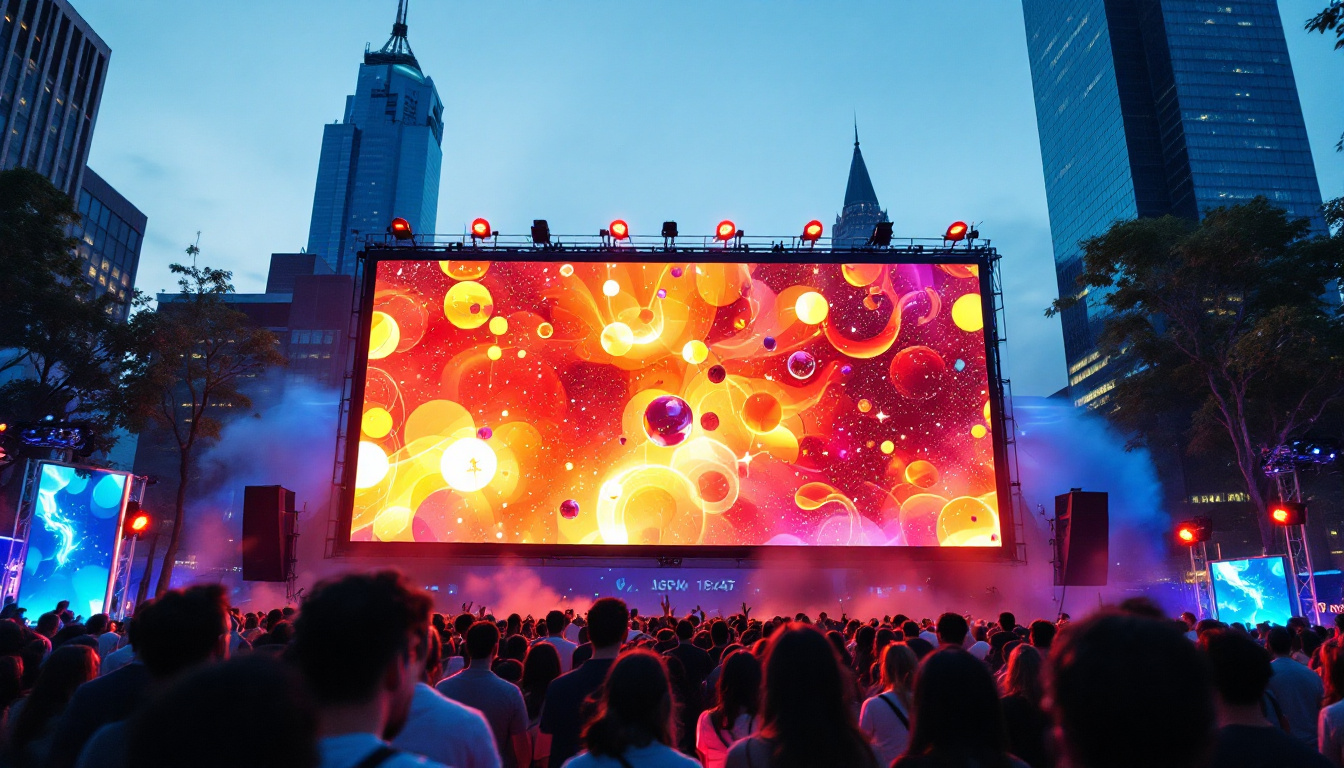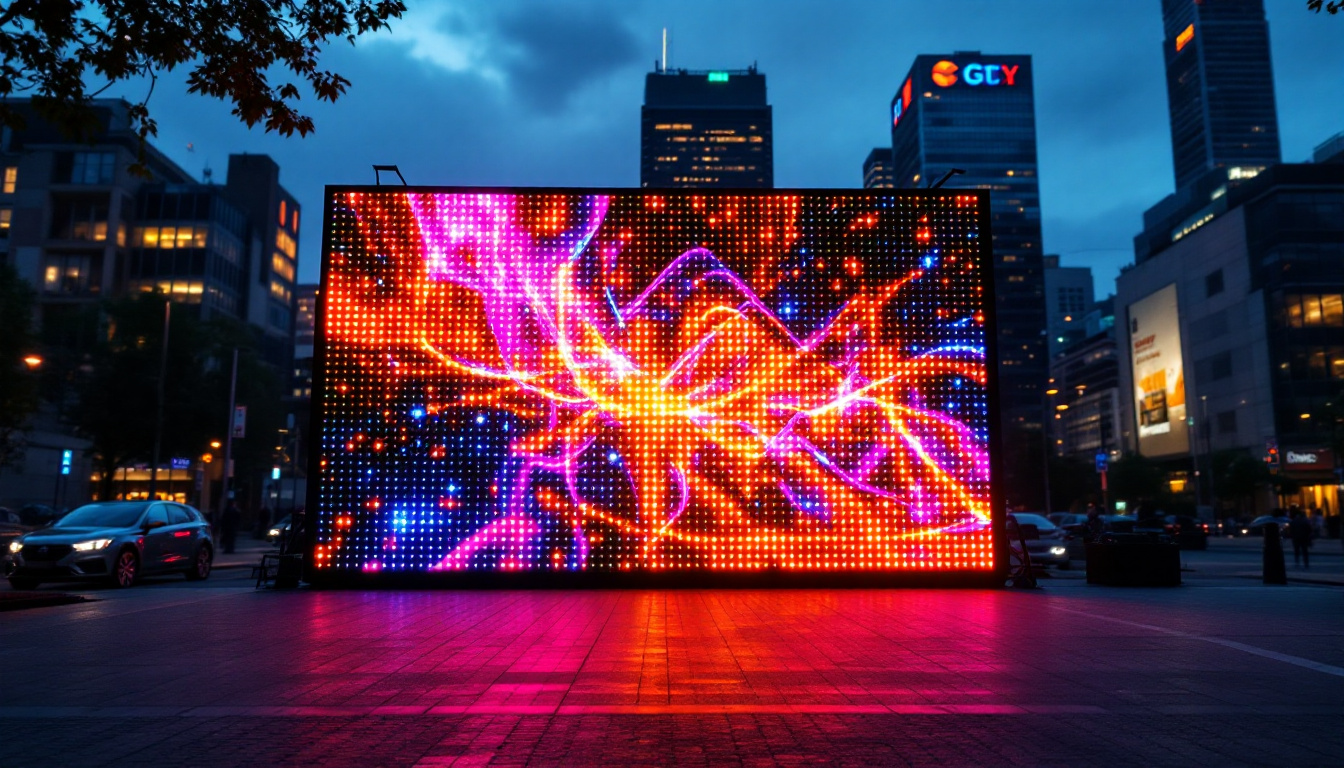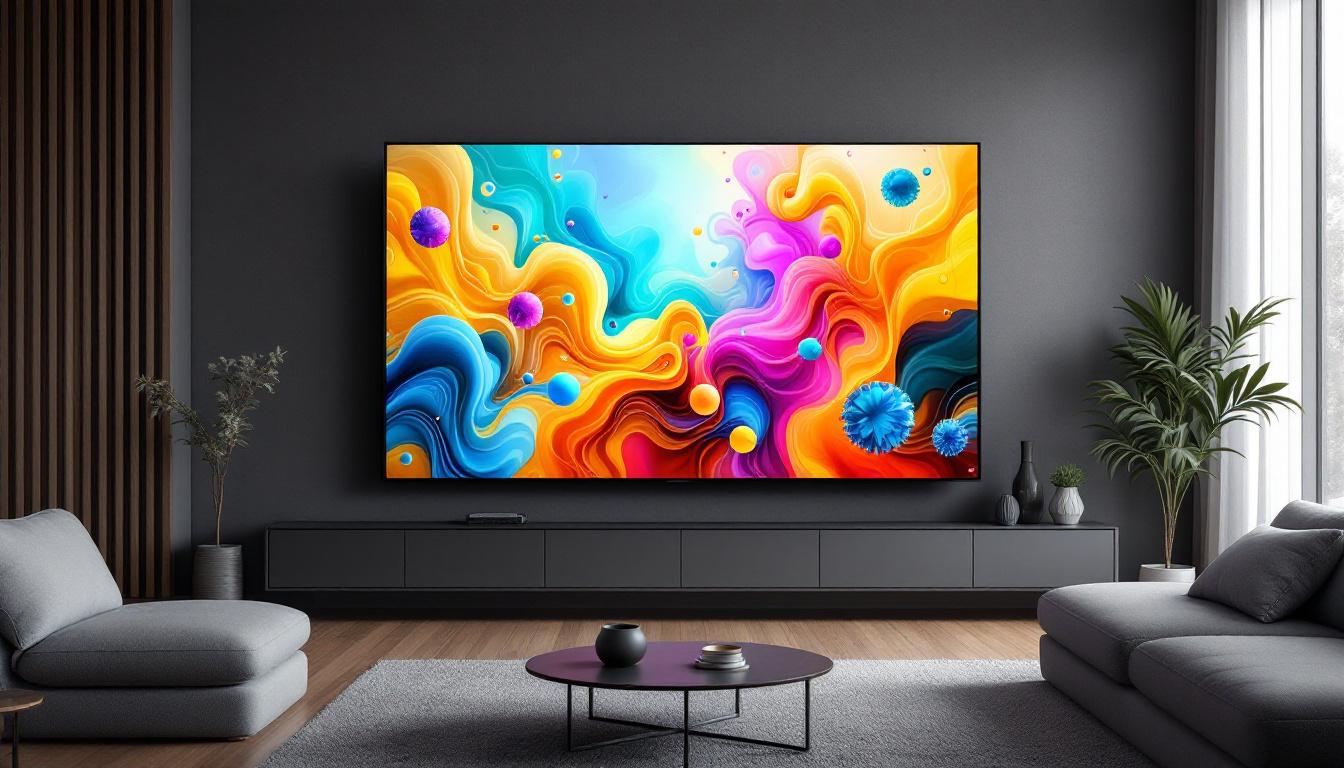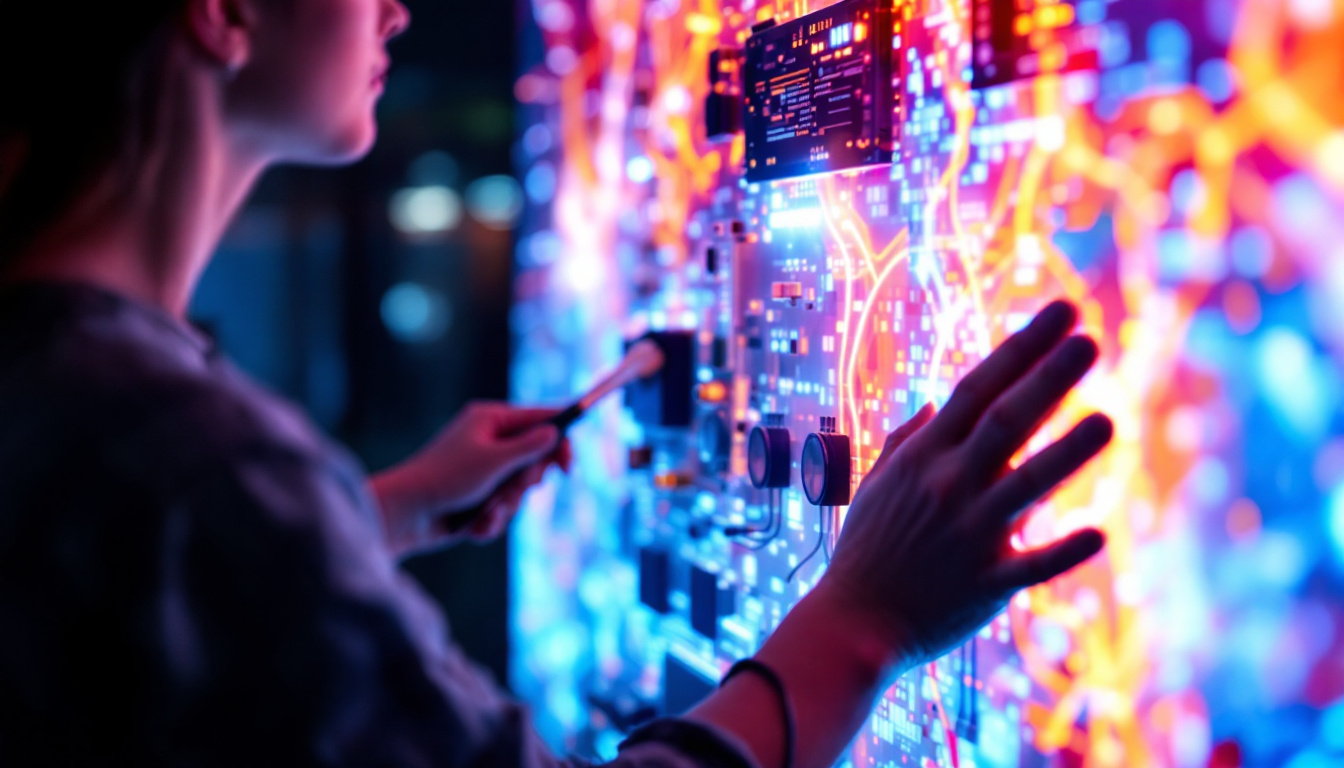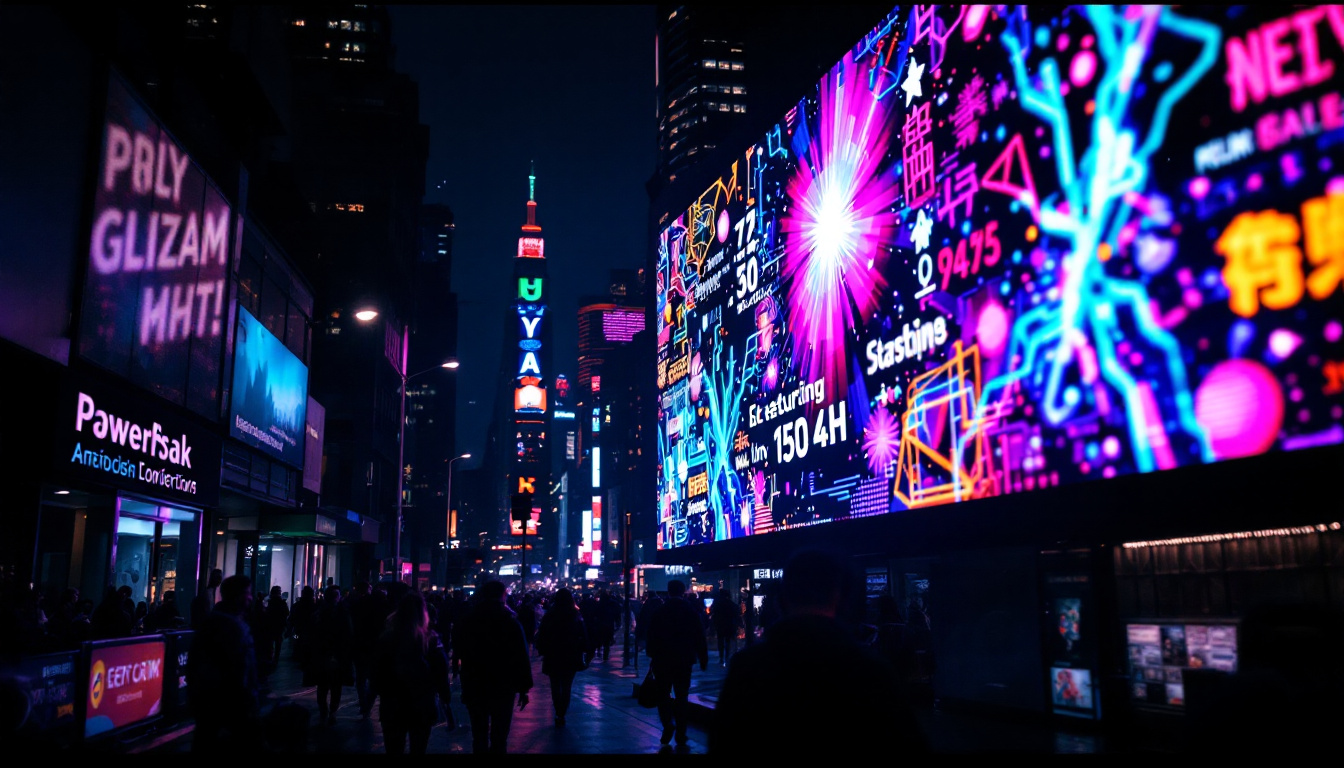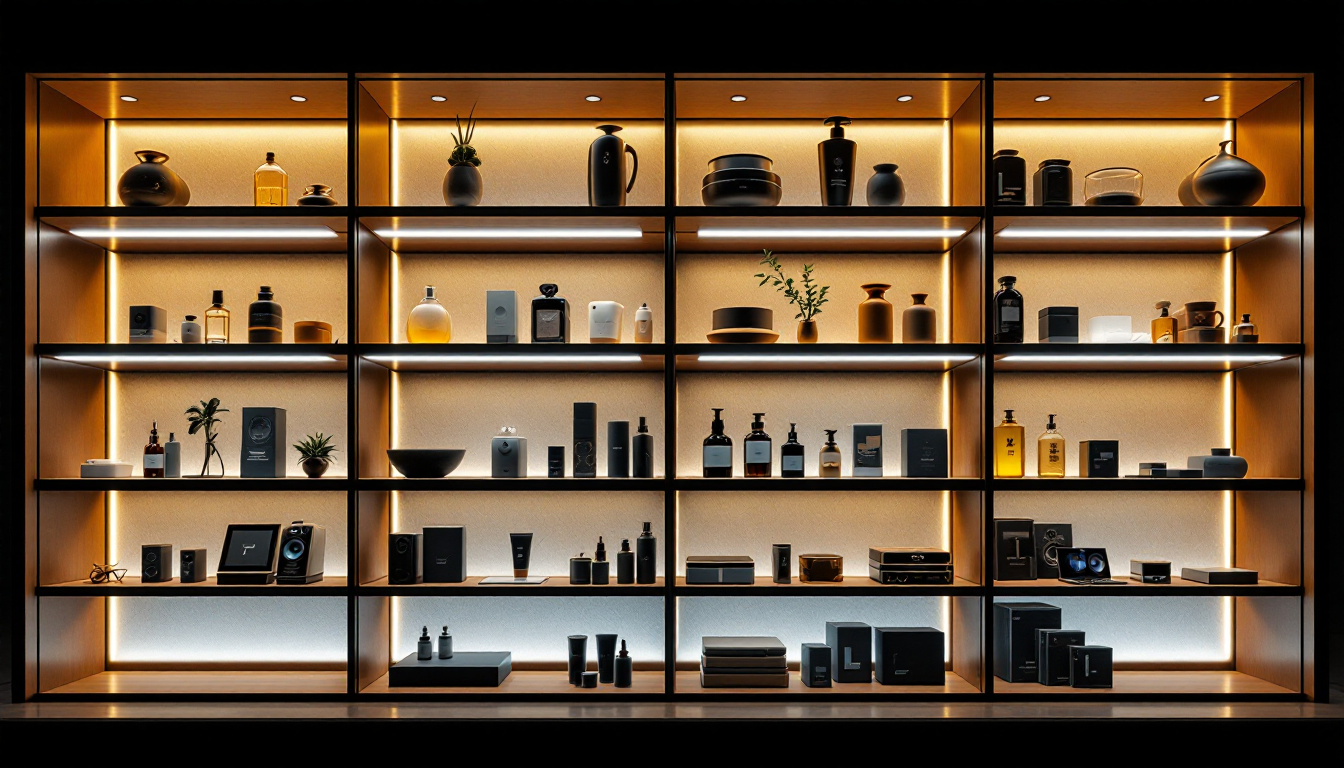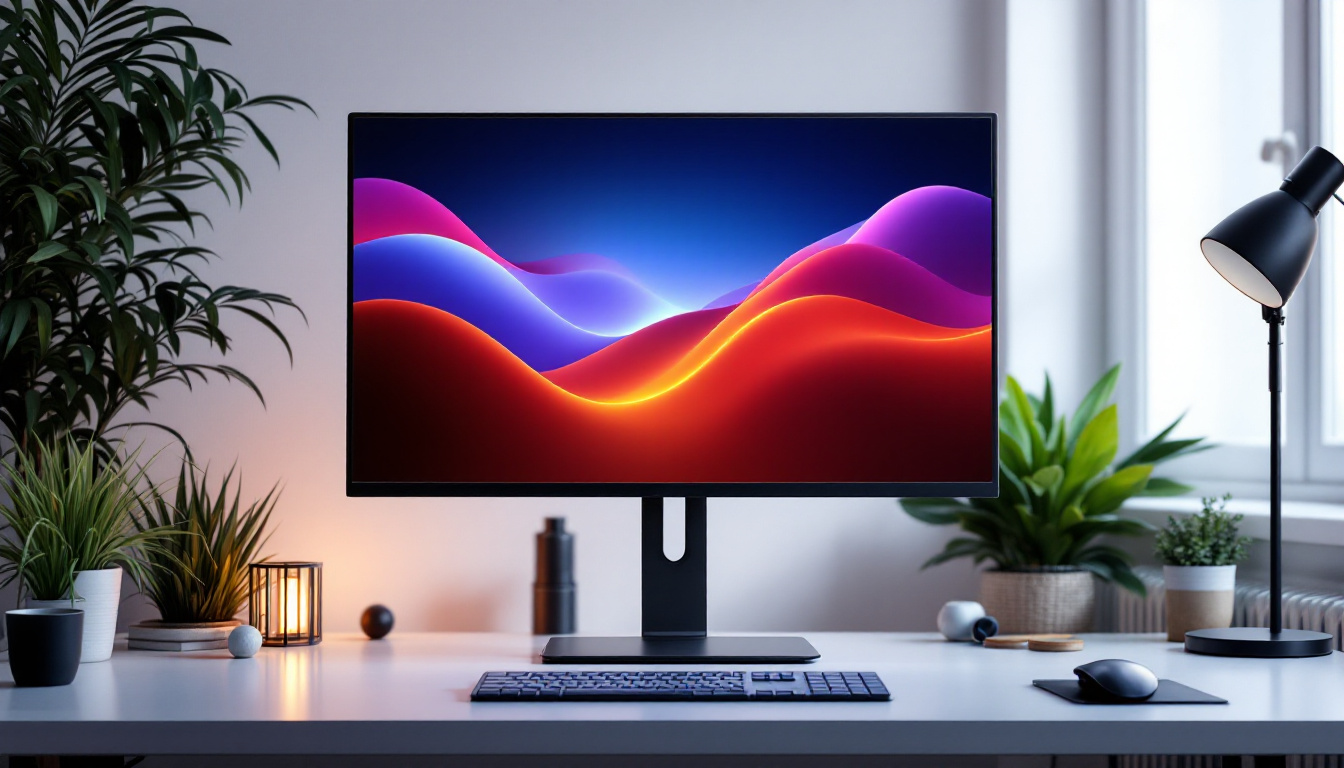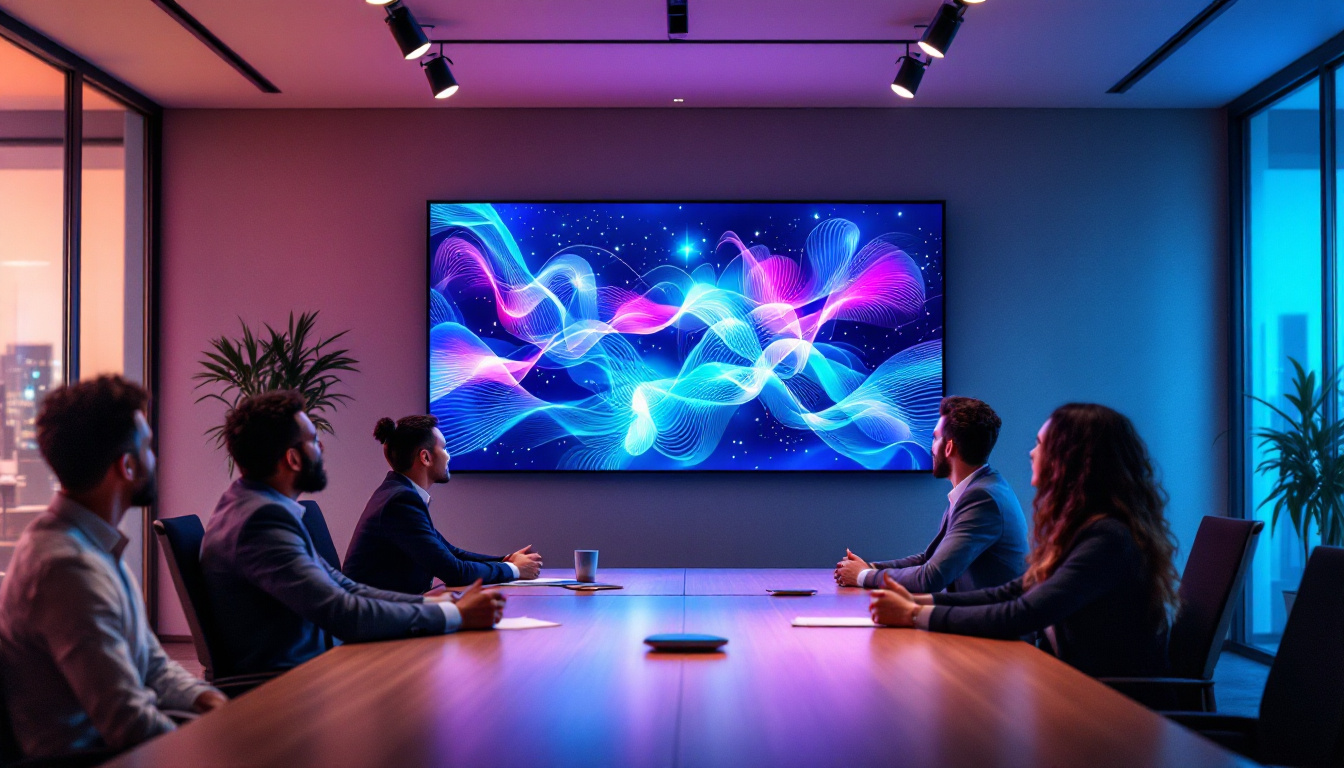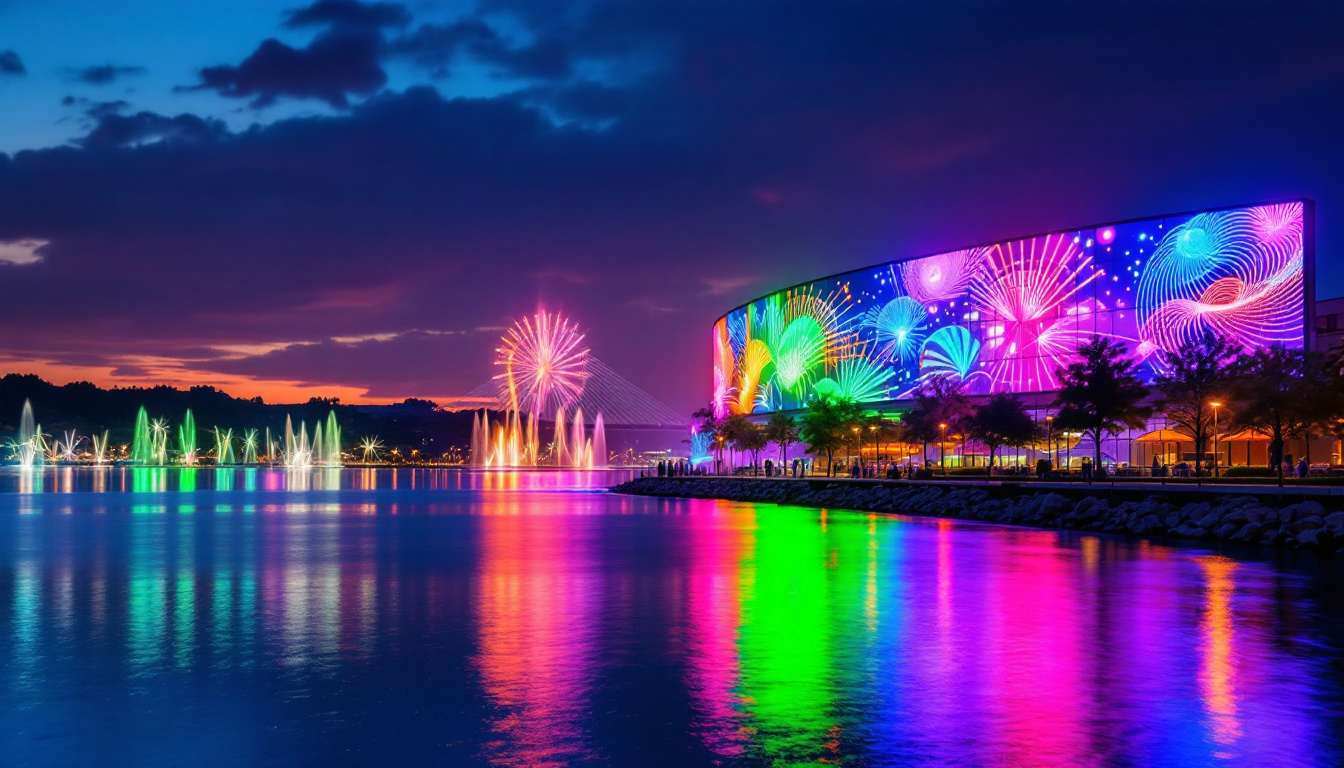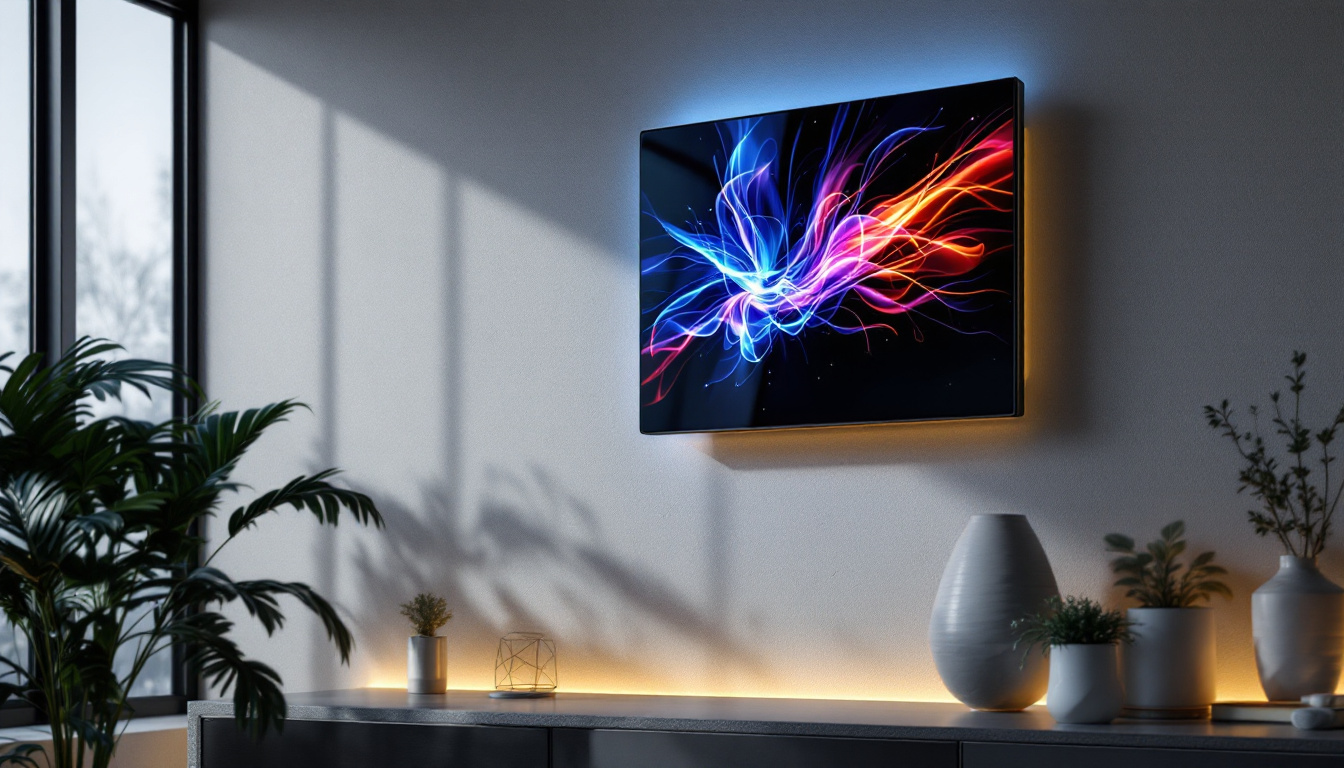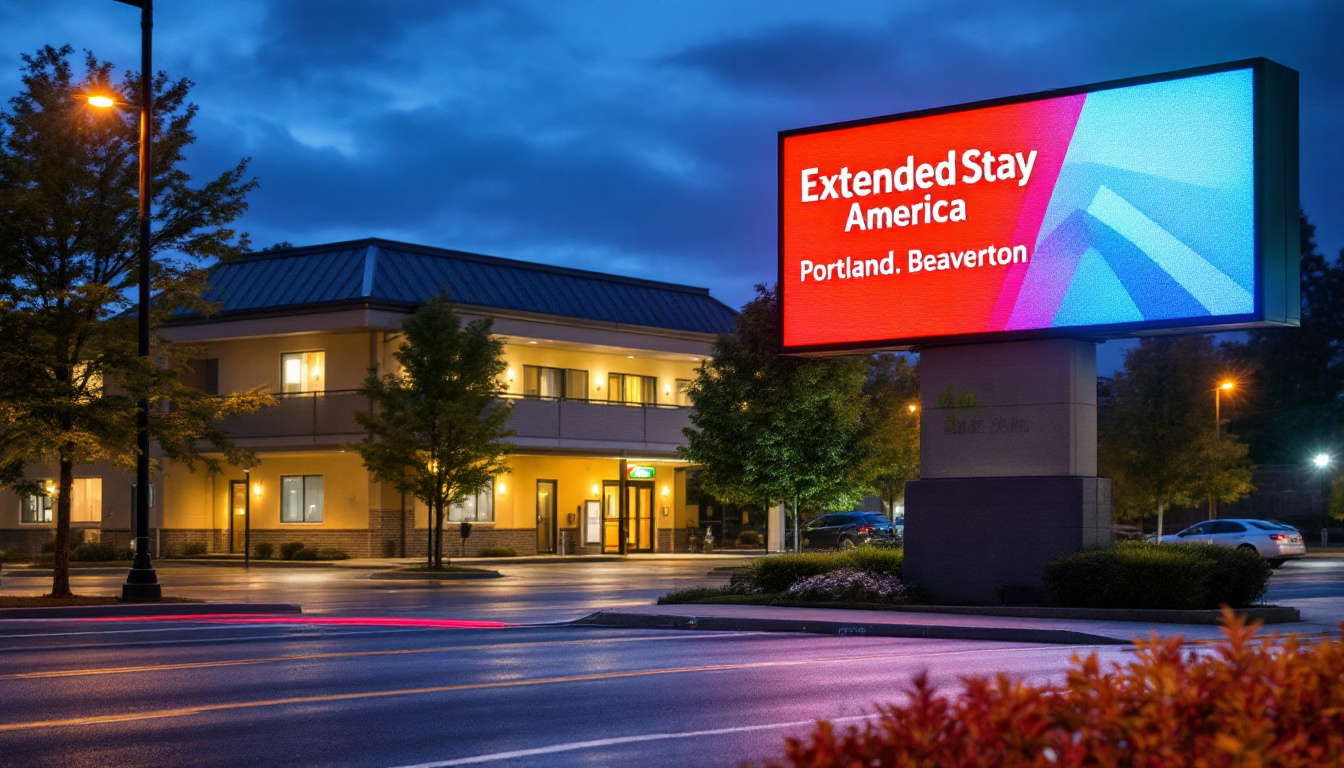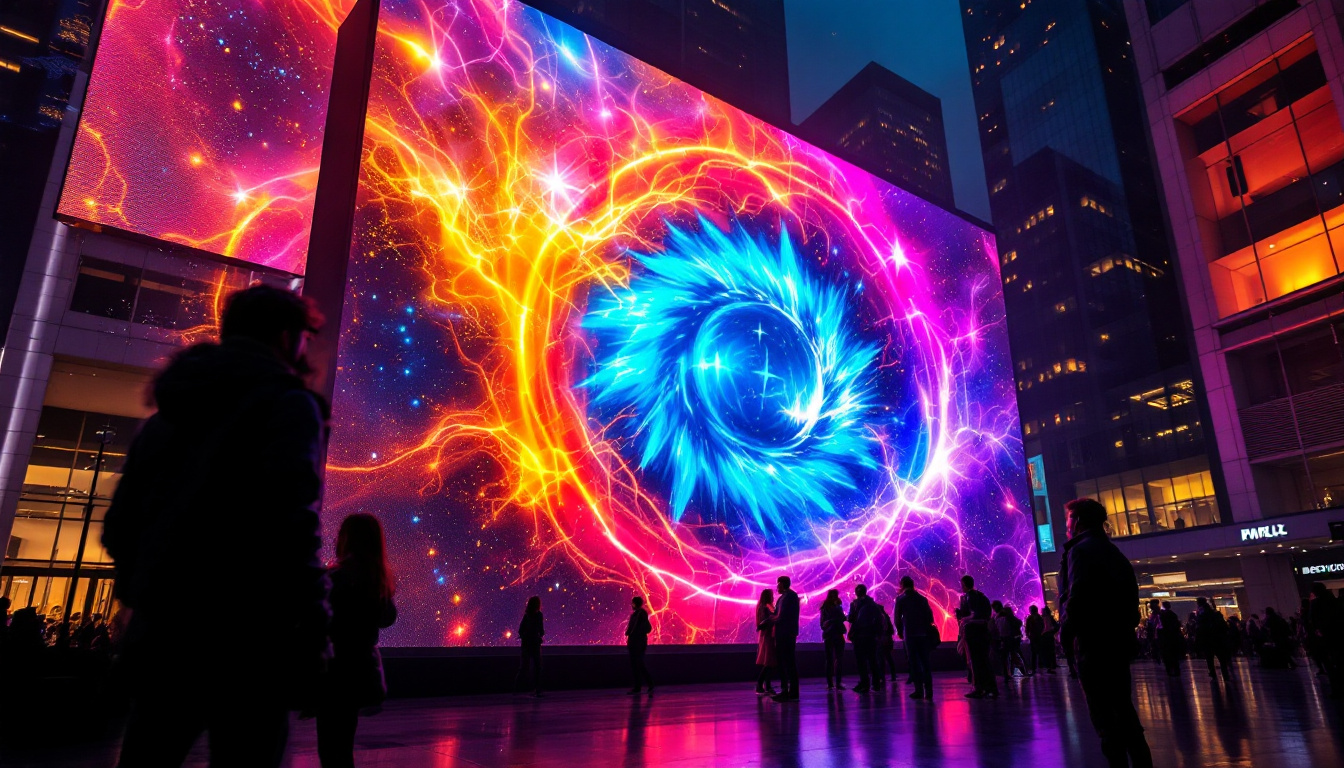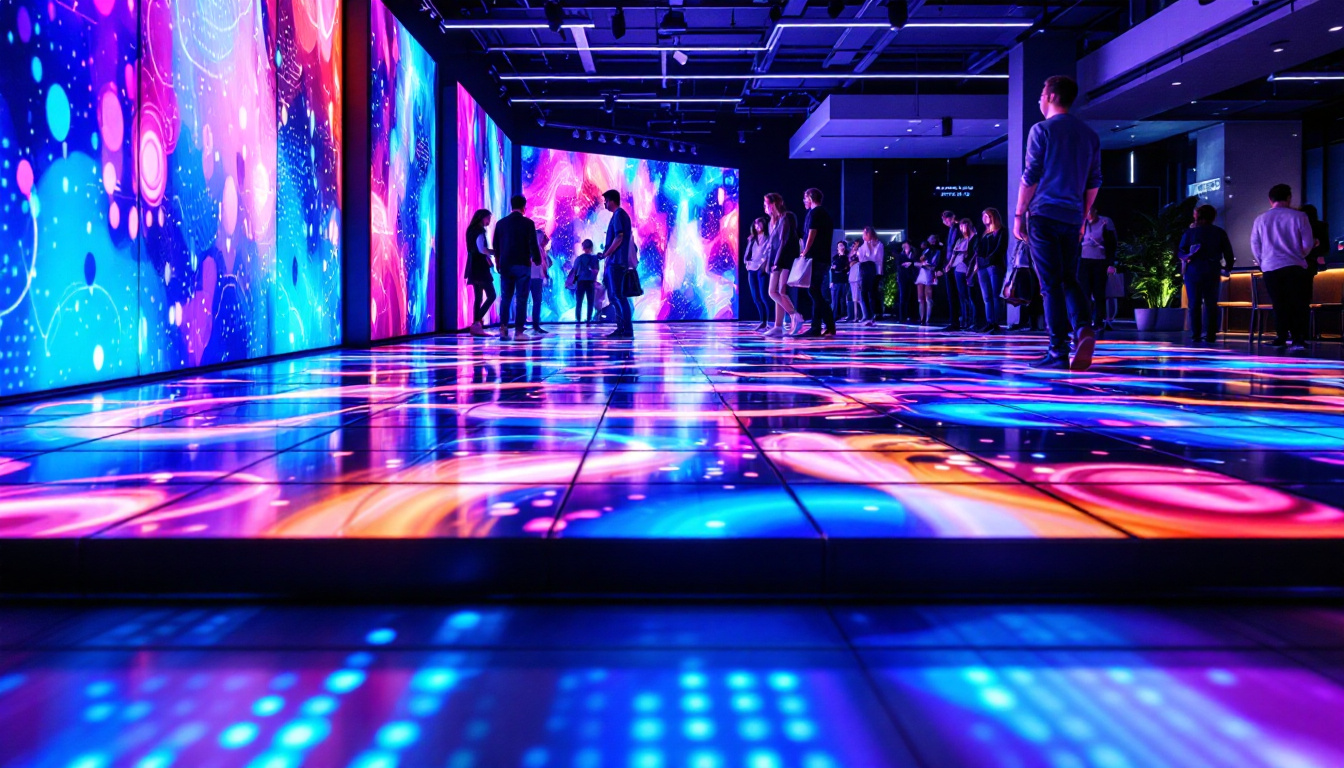In an age where visual communication is paramount, LED displays have emerged as a leading technology for conveying information in various settings. From advertising to event displays, the versatility and efficiency of LED technology have made it a preferred choice for businesses and organizations. This article delves into the intricacies of LED displays, exploring their functionality, benefits, and applications.
Understanding LED Technology
LED, or Light Emitting Diode, is a semiconductor device that emits light when an electric current passes through it. This technology has revolutionized the way displays are designed and utilized, offering a range of advantages over traditional display methods. The compact size and durability of LEDs have made them a popular choice in various applications, from household lighting to intricate digital displays in public spaces.
How LEDs Work
At the core of LED technology is the principle of electroluminescence. When electrons in the semiconductor material recombine with holes, energy is released in the form of photons, producing light. This process is highly efficient, resulting in lower energy consumption compared to incandescent or fluorescent lighting. Moreover, the lifespan of LEDs can reach up to 50,000 hours or more, significantly reducing the need for frequent replacements and maintenance.
LEDs are available in various colors, depending on the materials used in their construction. By combining red, green, and blue (RGB) LEDs, it is possible to create a full spectrum of colors, allowing for vibrant and dynamic displays. This RGB combination is fundamental in the creation of colorful images and videos on LED screens. Additionally, advancements in technology have led to the development of white LEDs, which utilize phosphor coatings to produce a broad spectrum of light, making them ideal for general lighting applications.
Types of LED Displays
There are several types of LED displays, each designed for specific applications. The most common types include:
- Direct View LED Displays: These displays are made up of individual LED modules that are directly visible to the viewer. They are often used in outdoor advertising and large events, providing high brightness levels that can be seen in direct sunlight.
- LED Video Walls: Composed of multiple LED panels, video walls can create large, seamless displays ideal for concerts, sports events, and exhibitions. These setups allow for stunning visual effects and can be customized to fit various shapes and sizes, making them a versatile choice for creative installations.
- LED Backlit Displays: Commonly found in televisions and monitors, these displays use LEDs to illuminate a liquid crystal display (LCD) panel, enhancing brightness and color accuracy. This technology has enabled thinner and lighter screens, providing consumers with a better viewing experience without compromising on quality.
In addition to these common types, there are also specialized LED displays such as flexible LED screens, which can be bent and shaped to fit unique spaces, and transparent LED displays that allow for visibility through the screen while still showcasing vibrant images. These innovations are pushing the boundaries of design and functionality, making LED technology a key player in the future of visual communication.
Benefits of LED Displays
LED displays offer numerous advantages that make them an attractive option for various applications. Understanding these benefits can help organizations make informed decisions when investing in display technology.
Energy Efficiency
One of the most significant benefits of LED technology is its energy efficiency. LED displays consume significantly less power than traditional display technologies, resulting in lower electricity bills and a reduced carbon footprint. This efficiency is particularly beneficial for businesses that operate large displays for extended periods. Moreover, the reduced energy consumption not only translates to cost savings but also aligns with sustainability goals, making LED displays an environmentally friendly choice for organizations committed to reducing their ecological impact.
Longevity and Durability
LED displays are known for their long lifespan, often exceeding 50,000 hours of use. This longevity translates to fewer replacements and lower maintenance costs over time. Additionally, LEDs are more durable than traditional bulbs, making them resistant to shock and vibration, which is essential for outdoor applications. Their robust construction means they can withstand harsh weather conditions, such as heavy rain or extreme temperatures, ensuring reliable performance in various environments. This durability not only enhances the return on investment but also minimizes downtime, allowing businesses to maintain a consistent presence in the market.
High Brightness and Visibility
LED displays provide exceptional brightness, making them suitable for both indoor and outdoor environments. Their visibility in direct sunlight is a significant advantage for outdoor advertising, ensuring that content remains clear and legible regardless of lighting conditions. This feature is crucial for businesses looking to capture the attention of passersby. Furthermore, the high contrast ratios of LED displays enhance image quality, making colors appear more vibrant and details sharper. This capability is particularly beneficial for creative applications, such as digital signage and video walls, where visual impact is paramount to engage audiences effectively.
Versatility and Customization
Another notable benefit of LED displays is their versatility and ease of customization. They can be configured in various shapes and sizes, allowing for creative installations that fit any space or design requirement. Whether it’s a large outdoor billboard, a sleek indoor display, or a unique curved screen for an event, LED technology can adapt to meet the specific needs of the project. Additionally, advancements in LED technology have enabled the development of flexible displays that can be bent or shaped, opening up new possibilities for artistic and functional applications. This level of customization allows brands to create memorable experiences that resonate with their audience, further enhancing the effectiveness of their messaging.
Applications of LED Displays
The versatility of LED displays allows them to be used in a wide range of applications across various industries. Understanding these applications can highlight the technology’s adaptability and effectiveness.
Advertising and Marketing
LED displays have become a staple in advertising, providing dynamic and eye-catching content that can be easily updated. retailers often use LED screens to showcase promotions, new products, and brand messages. Their ability to display video content and animations enhances engagement, making advertisements more impactful.
Events and Entertainment
In the entertainment industry, LED displays play a crucial role in enhancing the viewer experience. Concerts, sports events, and festivals utilize large LED screens to display live feeds, graphics, and advertisements. The flexibility of LED technology allows for creative staging and immersive experiences for audiences.
Corporate and Educational Settings
LED displays are increasingly being adopted in corporate and educational environments for presentations, training sessions, and information dissemination. Their clarity and ability to display high-resolution content make them ideal for conveying complex information effectively. Additionally, interactive LED displays can facilitate collaboration and engagement in educational settings.
Choosing the Right LED Display
When selecting an LED display, several factors must be considered to ensure that the chosen solution meets specific needs and requirements. Understanding these factors can aid in making an informed decision.
Resolution and Pixel Pitch
The resolution of an LED display is determined by its pixel pitch, which refers to the distance between individual pixels. A smaller pixel pitch results in higher resolution and better image quality, making it suitable for close viewing distances. For large outdoor displays viewed from a distance, a larger pixel pitch may be acceptable.
Brightness Levels
Brightness is another critical factor when choosing an LED display. For outdoor applications, displays should have a brightness level of at least 5,000 nits to ensure visibility in direct sunlight. In contrast, indoor displays may require lower brightness levels, typically ranging from 1,000 to 3,000 nits.
Installation and Maintenance
Consideration of installation requirements and maintenance needs is essential when selecting an LED display. Some displays are designed for easy installation and maintenance, featuring modular designs that allow for quick repairs. Understanding the environment in which the display will be installed is also crucial, as outdoor displays may require additional weatherproofing.
Future Trends in LED Display Technology
The LED display industry is continuously evolving, with advancements in technology paving the way for new possibilities. Keeping an eye on emerging trends can provide insights into the future of visual communication.
MicroLED Technology
MicroLED technology is gaining traction as a next-generation display solution. Unlike traditional LEDs, MicroLEDs are much smaller, allowing for higher pixel densities and improved image quality. This technology promises to deliver brighter colors, deeper blacks, and enhanced energy efficiency, making it a compelling option for future displays.
Flexible and Transparent Displays
Innovations in flexible and transparent LED displays are opening new avenues for creative applications. These displays can be curved or bent, allowing for unique designs in architectural and retail environments. Transparent displays, on the other hand, can be integrated into windows and glass surfaces, enabling businesses to showcase content without obstructing views.
Integration with Smart Technology
The integration of LED displays with smart technology is another trend to watch. As the Internet of Things (IoT) continues to grow, LED displays can be connected to networks, allowing for real-time content updates and data-driven advertising. This connectivity enhances the effectiveness of displays, enabling businesses to tailor content based on audience engagement and preferences.
Conclusion
LED displays have transformed the landscape of visual communication, offering a blend of efficiency, versatility, and high-quality performance. As technology continues to advance, LED displays will likely play an even more significant role in various industries, from advertising to entertainment and beyond. Understanding the fundamentals of LED technology, its benefits, applications, and future trends can empower businesses and organizations to harness the full potential of this innovative display solution.
Discover the Future of Visual Communication with LumenMatrix
As you consider the transformative power of LED displays for your business or organization, LumenMatrix stands at the forefront of this evolution. Our commitment to innovation ensures that you have access to a comprehensive range of LED display solutions, from Indoor and Outdoor LED Wall Displays to specialized options like Vehicle LED Displays, LED Sports Displays, and Custom LED Displays. Embrace the opportunity to captivate your audience and communicate with unparalleled clarity. Check out LumenMatrix LED Display Solutions today and join the revolution in visual communication.

